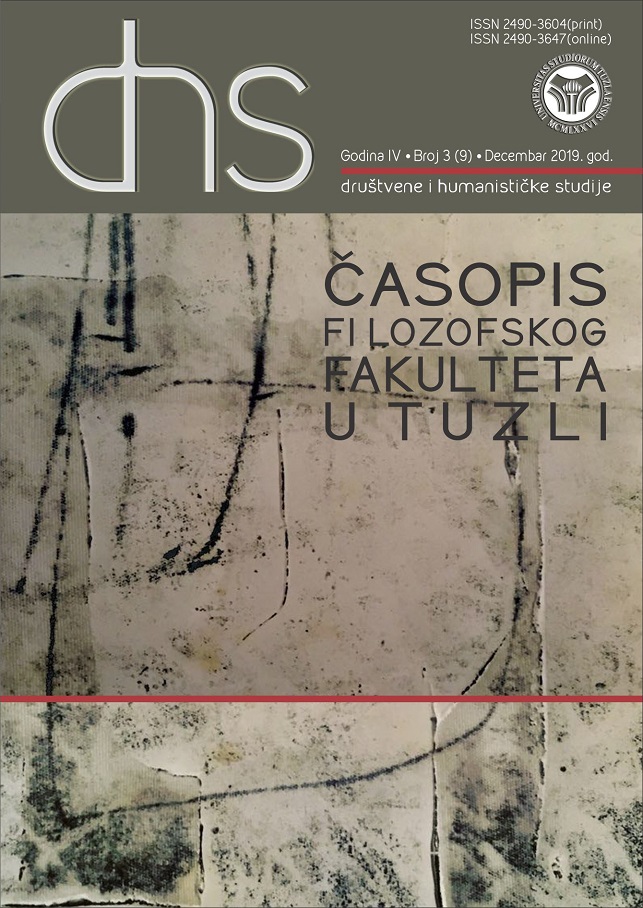Prevodi i afirmacija balade Hasanaginica (Xalostna pjesanza plemenite Asan-aghinize) u italijanskoj i njemačkoj kulturi
Translations and Affirmation of the Ballad Hasanaginica in the Italian and German Cultures
Author(s): Merjem HodžićSubject(s): Bosnian Literature, South Slavic Languages, Translation Studies
Published by: Filozofski fakultet Univerziteta u Tuzli
Keywords: balada; Hasanaginica; recepcija; njemačka i italijanska kultura; prijevodi; Fortis; Goethe;
Summary/Abstract: The reception of the ballad “Hasanaginica” in German and Italian culture starts with Fortis’s discovery and translation of the ballad into the Italian language, which he publishes in his work Viaggio in Dalmazia”/ “The Way to Dalmatia” in 1774. Consequently, European readers had been given an opportunity to get acquainted with the Bosnian culture, especially that formed during the Ottoman Empire in Bosnia, when the ballad was created. Considering that Fortis along with the ballad, described the customs and mentality of the Morlaks, the people among whom he found this ballad, the European audience got acquainted with a forgotten and often stereotypically depicted South Slavic people. Although Fortis’s work was created during the period of Enlightenment, it already contained elements of pre-Romanticism, such as the originality, simplicity and humanity for which Fortis expressed a special sympathy while presenting the ballad. In the German-speaking countries, many intellectuals have been dealing with this ballad, but the most important for her reception in German culture was the famous Goethe, which was fascinated by the ballad not only because of its content and form, but also because of the fact that he could identify himself with Hasanaga, one of the protagonists of the ballad and because of his interest in the Islamic Orient and the psychological characterization of the woman. His translation into German is of great importance, since he managed to split the song into the strophes on the basis of composite ensembles, retaining the same rhythm that was present in the original version, although he did not know the language in which the ballad was created.
Journal: DHS-Društvene i humanističke studije: časopis Filozofskog fakulteta u Tuzli
- Issue Year: IX/2019
- Issue No: 9
- Page Range: 71-84
- Page Count: 14
- Language: Bosnian

